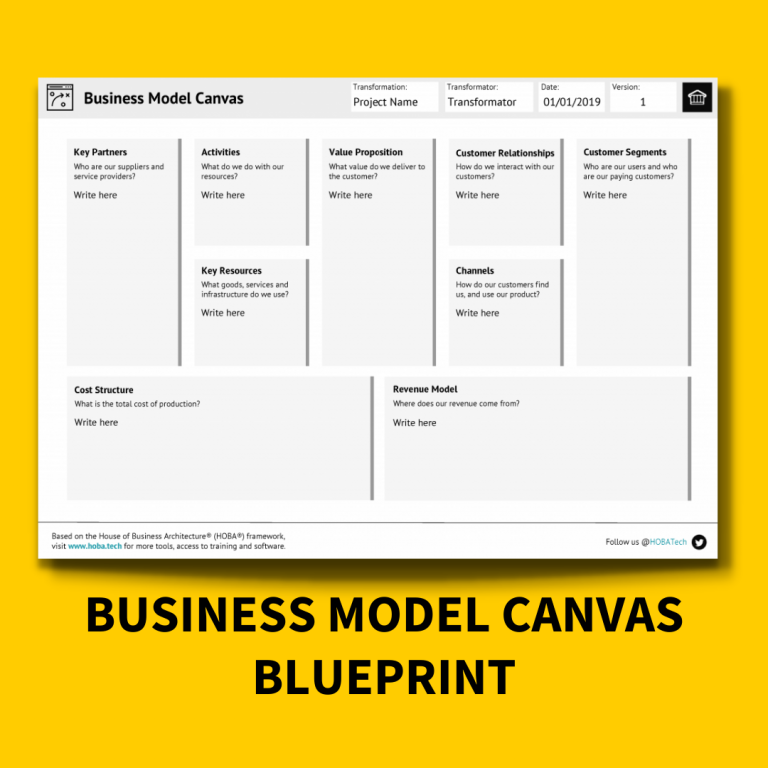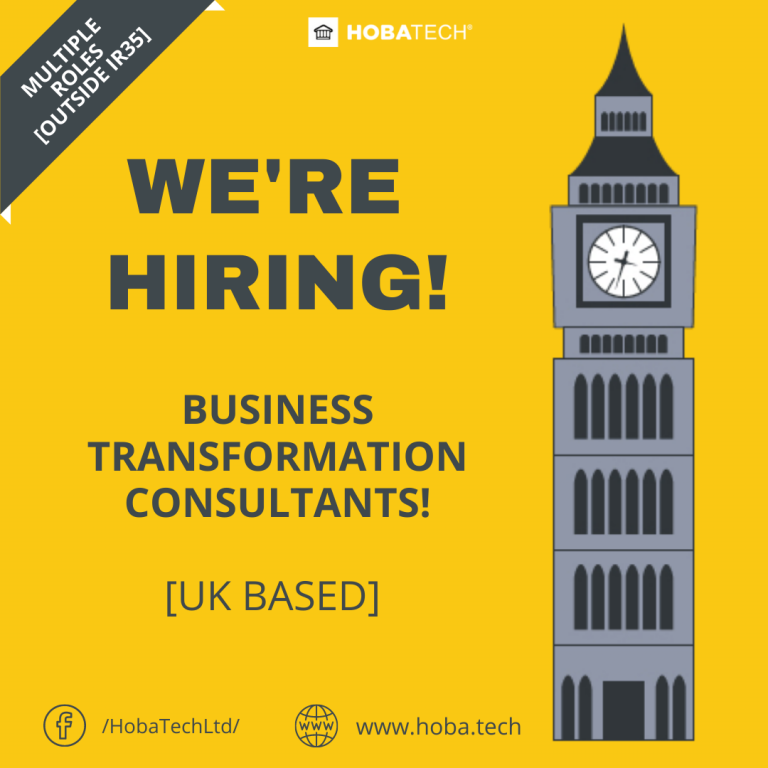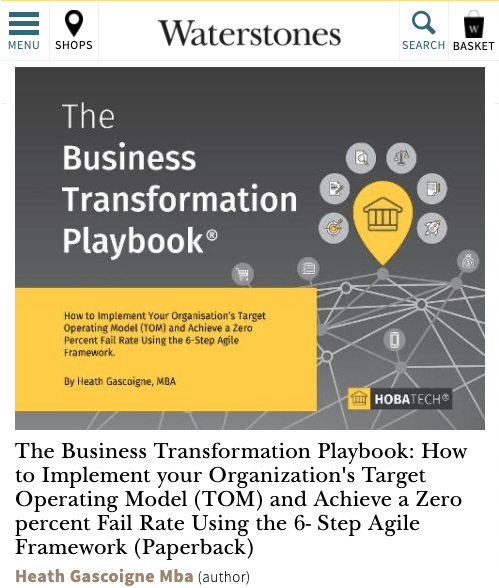It’s a bird. It’s a plane. No, it’s a Business Transformator.
Part-strategist, part-designer, part-collaborator and part-negotiator.
If you’ve worked on strategy development or strategy implementation and ensured that they’re aligned with the businesses’ design and technology – then you’re probably a business transformator.
Business Transformators are people who transform the business.
Business Transformators are people who transform the business.
Heath Gascoigne Tweet
Today’s business owners, entrepreneurs, business architects, business designers, strategic business analysts, change managers, programme managers, project managers and product managers have the power to inspire enterprise-wide transformation.
Below is our mantra for Business Transformators in our Facebook Group, as we go into battle to change the world, one successful Business Transformation at a time:

One popular example of a Business Transformator is Steve Jobs.
He once said:
“Here’s to the crazy ones. The misfits. The rebels. The troublemakers. The round pegs in the square holes. The ones who see things differently. They’re not fond of rules. And they have no respect for the status quo.
You can quote them, disagree with them, glorify or vilify them. About the only thing you can’t do is ignore them. Because they change things. They push the human race forward. And while some may see them as the crazy ones, we see genius.
Because the people who are crazy enough to think they can change the world, are the ones who do.”
Business Transformators are not just innovators, they are implementators.
Business Transformators are not just innovators, they are implementators.
Heath Gascoigne Tweet
Why do business transformation projects fail?
In a previous post , we discussed the 4 leading reasons why they fail. These are:- Lack of user involvement
- Changing requirements
- Incomplete requirements, and
- Poor planning
How can you succeed in business transformation?
A lot of business transformation attempts fail… so how do you succeed? You need a business-led framework that puts the business first. The framework must be agile by definition and nature. It needs to have the ability to change, be flexible, etc., but most importantly: There must be training to put the Business Transformator in the right mindset. They need to have the ability to wear multiple hats which are necessary to design and implement the Business Transformation: These hats include:- Part Strategiser – big thinker, able to develop with the end in mind.
- Part Designer – design the organisation and operating model which aligns the business to the strategy
- Part Collaborator – work with the different stakeholders – business and technology – to insure that all needs and concerns are met.
- Part Negotiator – negotiate trade offs with interested and impacted stakeholders












